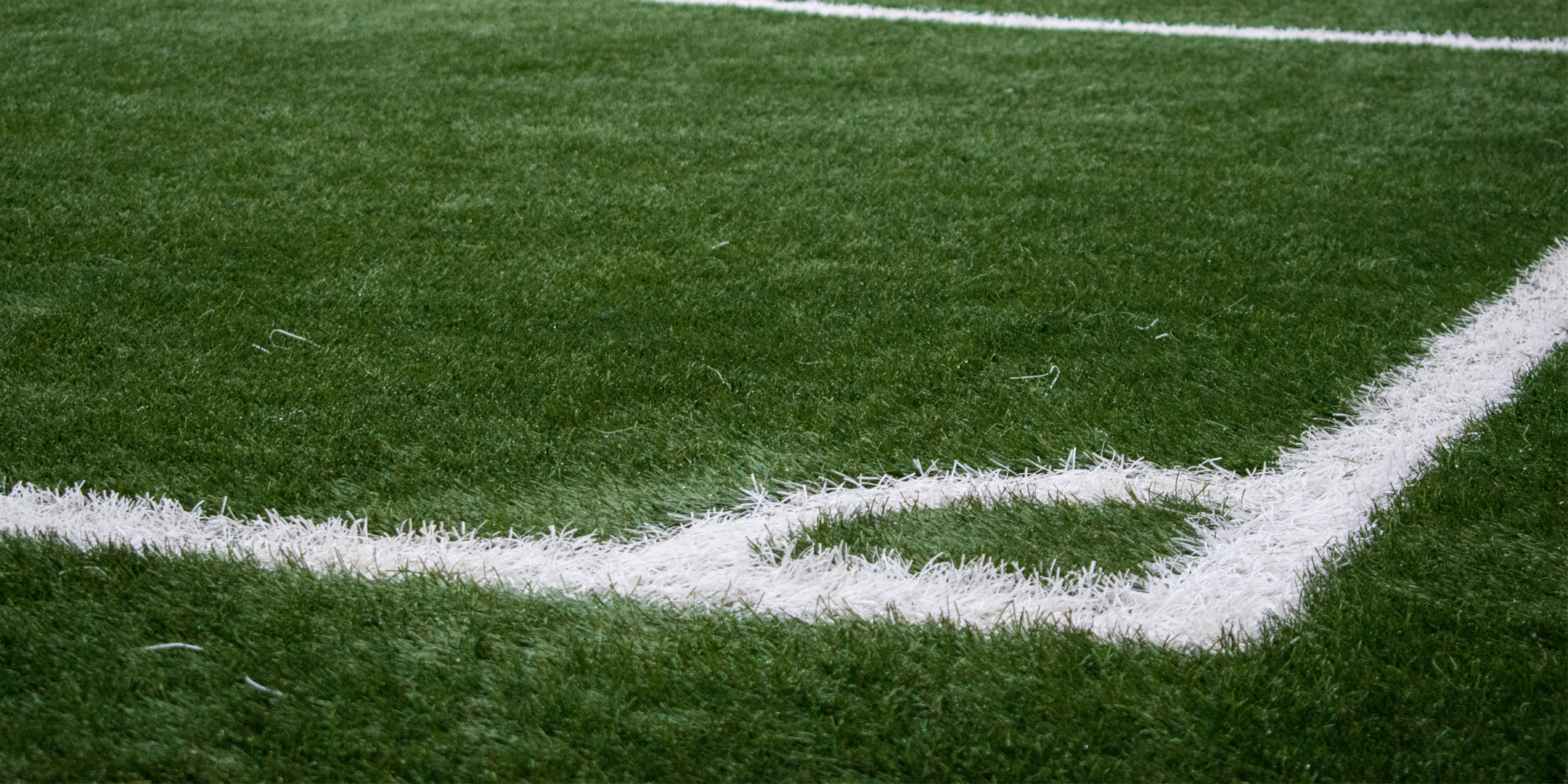The Paradox of Women in Sport Leadership

A puzzling paradox exists when it comes to women occupying sport leadership positions. Two generations removed from Title IX, female sports participation is at an all-time high, yet the number of women sport leaders is near an all-time low. At the college level alone, female coaches are in the minority, representing just 43 percent of all head coaching positions in women’s sports nationwide. It is simply not possible that as each new generation of females becomes increasingly involved in and shaped by their sport experience, they simultaneously become less qualified to enter sport leadership positions. So why does this paradox matter? Research indicates that far from being less qualified, women are discouraged, impeded or locked out of coaching due to discriminatory beliefs, policies and practices. This has profound and damaging results: Same-sex role models are highly beneficial and while research shows that nearly 100 percent of male athletes enjoy a male coach/leader role model, many girls and women never benefit from having a female coach. In this talk, the “paradox” will be explored by highlighting systemic gender discrimination, unfair double standards, and both explicit and unconscious gender bias in the hiring process.
Nicole M. LaVoi is a senior lecturer in the area of social and behavioral sciences in the School of Kinesiology at the University of Minnesota where she is also the co-director of the Tucker Center for Research on Girls and Women in Sport, and the co-founder of the Minnesota Youth Sport Research Consortium. LaVoi’s multidisciplinary research includes influences from sport and exercise psychology, sport sociology, sport management, youth development, child development, moral development and feminist studies. LaVoi’s research has focused on the relational qualities of the coach-athlete relationship, the origins and effect of adult "background anger" behaviors (parents and coaches) on children and youth, the emotional experiences of youth sport parents, the physical activity of underserved girls, the barriers and supports experienced by female coaches, and media representations of girls and women in sport.

